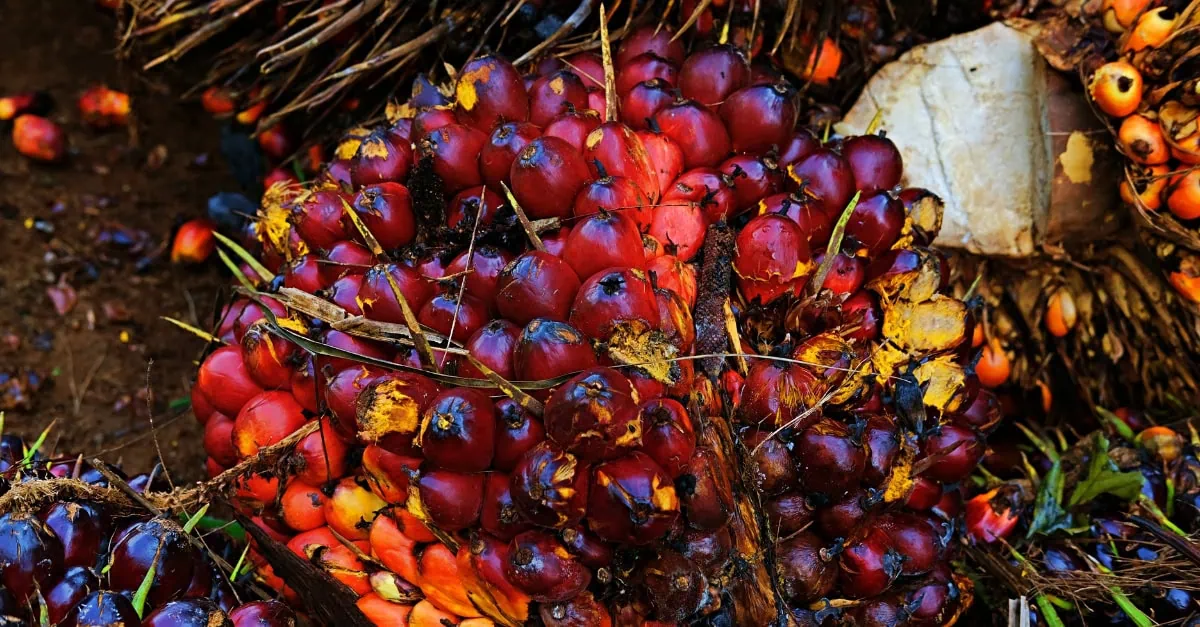The rising price of coconut oil has pushed the cost of ice cream and production to soaring levels, leaving buyers, sellers, and investors wondering what’s behind the sharp increase.
According to an analysis by RIFT, a British business consultancy, UK supermarket ice lollies and cones shot up by 7.6% in May. As a share of the cost, vegetable fats like coconut or palm kernel oil, typically account for 10–25% of the ice cream’s raw material cost (for ice creams using them).
Crude coconut oil price at the key origin – the Philippines – increased from around $1900/mt in January 2025 (EXW Metro Manila) to $2600/mt in July. Price for the refined coconut oil increased from $2000/mt to $2800/mt (EXW Metro Manila). CIF Rotterdam price for crude coconut oil also increased from $2000/mt to $2800/mt.
Coconut oil is a key ingredient in many ice creams, helping them maintain a solid form at room temperature without affecting the taste and texture. We break down some key factors driving this price hike and what it could mean for you and your business, whether you’re a buyer, seller, trader, or investor.
Behind the price hike
Constrained production and increased demand means the global coconut oil market in late 2025 faces tight supply, strong demand, and price volatility. Production is expected to edge up to 3.56 MMT from 3.50 MMT in 2024, with the Philippines leading the way (output is expected to increase from 1.57 MMT in 2024 to 1.60 MMT in 2025). Other major producers like Indonesia and India are also expected to see small gains. However, El Niño and poor weather continue to limit crop yields, keeping supply tight. With rising demand in food, cosmetics, and biofuels, prices are likely to remain under upward pressure.
Global and local demand for coconut products was strong in Q1, especially in Europe, China, and the US. This led to high export volumes, reducing local supply and driving up prices, both internationally and domestically. In the Philippines, demand also grew due to an increase in the biodiesel blend mandate from 2% to 3%. Since Philippine biodiesel mainly uses coconut methyl ester (CME), it’s estimated that about 900 million more coconuts are needed to meet the extra production required for the 1% increase.
Increased labor and energy costs, increased fertilizer prices, and higher logistics and transport costs have also impacted operational costs. Elsewhere, coconut oil’s high demand in health foods, skincare, and biodiesel means that some markets are willing to pay more, increasing overall prices.
Stay ahead of the curve
Timing is everything, as volatility is high. Unpredictable weather conditions, export surges, and logistical constraints are driving prices. For traders, this means exploring whether to use forward or futures contracts to lock in prices. For buyers and sellers, this means building buffer inventory or signing long-term agreements. For investors, don’t be surprised by short-term shocks, and consider thinking in the long term too, such as yearly cycles.
Supply chains are delicate; lock down your sources. Key producers like Indonesia and the Philippines face shortages and other challenges. Diversifying suppliers across regions will be key for buyers and sellers, while investors should consider exploring companies or co-ops that own or control upstream supply.
Premium markets are the future. From plant-based food to clean beauty, biofuels are growing faster than traditional food sectors. Sellers should consider positioning products like organic, fair trade, and cold-pressed products toward high-value users. Meanwhile, investors may want to back vertically integrated or value-added businesses. Lastly, buyers should be ready for competition from non-food industries for raw materials.
Read the full commodities weekly analysis here.
This article was written by Gehrman Kosenkov, Vegetable Oils and Biodiesel Analyst at Vesper and Sade Laja, Writer





